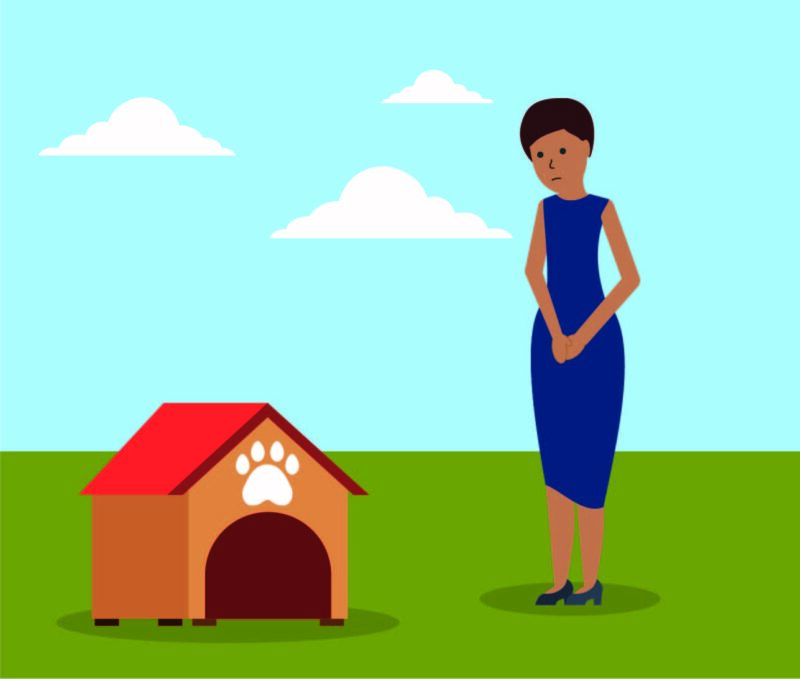Animal Companion Death
Animal Companion Death
The death of an animal companion can be one of the first losses we experience. Pets are constant companions for years at a time, and for adults on the spectrum the bond with an animal can be especially close. Animal companions listen without judgment, are loyal, and provide a constant presence. Some animals also serve as service animals, trained to assist, reassure, or comfort.
The absence of a beloved animal due to death, or even when a pet is missing, can cause intense grief reactions for an autistic adult. Visit Grief and Autism to learn more about grief reactions.

Tips for Supporting Your Loved One
When helping a bereaved person with autism cope after the death of an animal companion, it is important to:
- Recognize and support — Value the grieving individual’s feelings and focus on the pet who has died, rather than immediately suggesting replacing it.
- Avoid euphemisms — Be clear and direct about what happened. Use words like “died” instead of “passed away” or “lost him” to promote clarity and understanding. For example, if a pet was euthanized, avoid using the phrase “put down” or “put to sleep.”
- Find ways to remember — Use mementos and pictures to provide a connection to the deceased pet. Holding a collar, leash, or favorite toy, or snuggling their pet’s favorite blanket are ways to remember them. As with a person’s death, it may help to view the pet’s body after death.
- Create a space for ritual — Unlike people, pets are rarely buried at cemeteries. Place a marker, small statue, or stone engraved with the pet’s name in the yard or other accessible location to provide comfort, solace, and an ability to easily visit the place as a way to remember them.
- Communicate — Eventually you can ask whether, and when, it may be appropriate and comforting to welcome another animal companion.
Social Story
This social story may be helpful as you help your loved one cope with the death of an animal companion.
